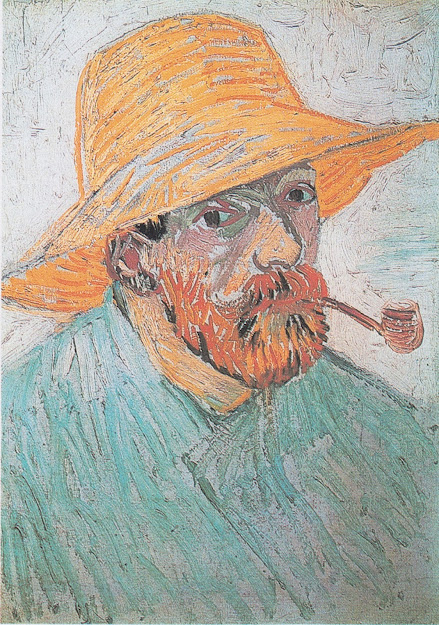This post is a collection of quotes about art. There are 14 quotes divided into 5 sections:
A. Art is an expression of imagination and/or ability (2)
B. Unity is the goal of every art piece (3)
C. Art is an exploration into the unknown (4)
D. Forms are beautiful (3)
E. Colors are beautiful (2)
A. Art is an expression of imagination and/or ability
Marcel Duchamp (1887-1968, artist)
1. "I was interested in ideas, not memerly visual products. I wanted to put painting once again at the service of the mind." (AZQuotes.com)
Edward Hopper (1882-1967, painter)
2. "Great art is the outward expression of an inner life in the artist, and this inner life will result in his personal vision of the world... The inner life of a human being is a vast and varied realm." (Statements by Four Artists, 1953)
B. Unity is the goal of every art piece
Henri Matisse (1869-1954, painter)
3. "All that is not useful in the picture is detrimental. A work of art must be harmonious in its entirety: any superfluous detail would replace some other essential detail in the mind of the spectator." (Notes of a Painter, 1908)
Camille Pissarro (1830-1903, painter)
4. "I told [Renoir] that as far as we were concerned, the search for unity should be the aim of every intelligent artist." (Letter to Lucien Pissarro, 1887)
Roy Lichtenstein (1923-1997, painter)
5. "The big tradition, I think, is unity... As long as the marks are related to one another, there is unity." (AZQuotes.com)
C. Art is an exploration into the unknown
Edouard Manet (1832-1883, painter)
6. "They've never stopped telling me I'm inconsistent; they couldn't have said anything more flattering." (Quoted in The Private Lives of the Impressionists by Sue Roe)
Paul Klee (1879-1940, painter)
7. "The longer my production moves in a definite direction, the less gaily it progresses. But just now something new seems to be happening to the stream: it is broadening into a lake. I hope it will not lack a corresponding depth." (Diary, 1911)
Edgar Degas (1834-1917, painter)
8. "Only when he no longer knows what he is doing does the painter do good things." (Quoted in Artists on Art by Robert Goldwater)
Francis Bacon (1909-1992, painter)
9. "The feeling of desperation and unhappiness are more useful to an artist than the feeling of contentment, because desperation and unhappiness stretch your whole sensibility." (Art-quotes.com)
D. Forms are beautiful
Piet Mondrian (1872-1944, painter)
10. "The principle of this art is not a negation of matter, but a great love of matter, whereby it is seen in the highest, most intense manner possible, and depicted in the artistic creation." (Written note in Mondrian's sketchbook, 1912)
Wassily Kandinsky (1866-1944, painter)
11. "Every form in the world says something. But its message often fails to reach us, and even if it does, full understanding is often withheld from us." (Concerning the Spiritual in Art, 1911)
Paul Klee (1879-1940, painter)
12. "The shaping of form is weak in energy in comparison with the determining of form... Then the fleshly growth of the egg. Or: first first the bright flash of lightning, then the raining cloud." (Diary, 1913)
E. Colors are beautiful
Wassily Kandinsky (1866-1944, painter)
13. "...emotion that I experienced on first seeing the fresh paint come out of the tube... the impression of colors strewn over the palette: of colors - alive, waiting, as yet unseen and hidden in their little tubes..." (Autobiography, 1918)
Henri Matisse (1869-1954, painter)
14. "A picture must possess a real power to generate light... for a long time now I've been conscious of expressing myself through light or rather in light." (Quoted in Matisse by Pierre Schneider)






































































